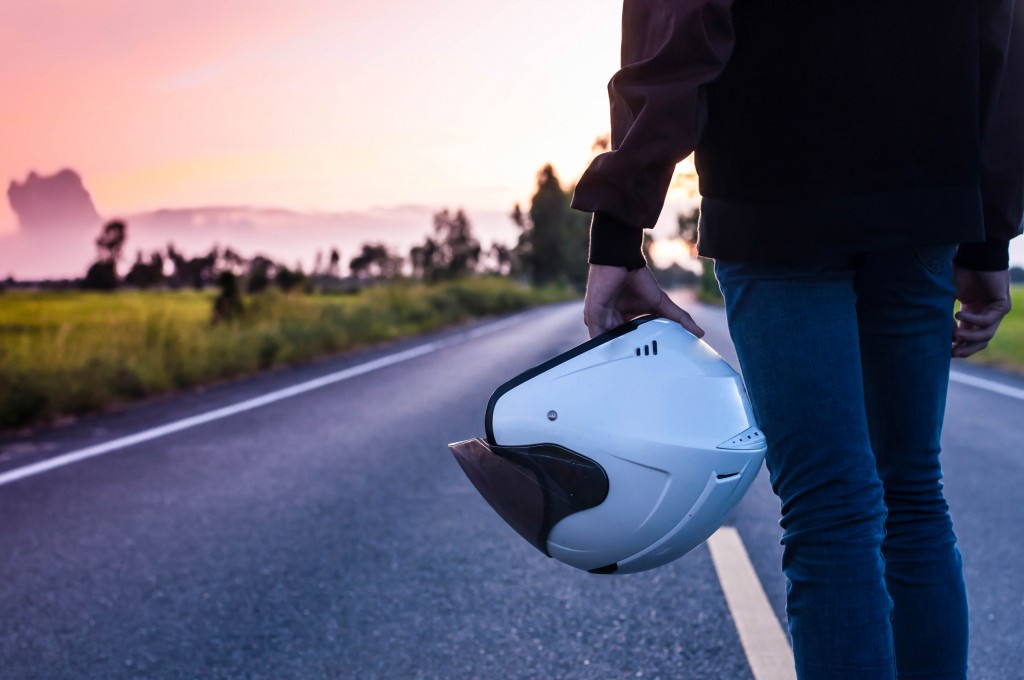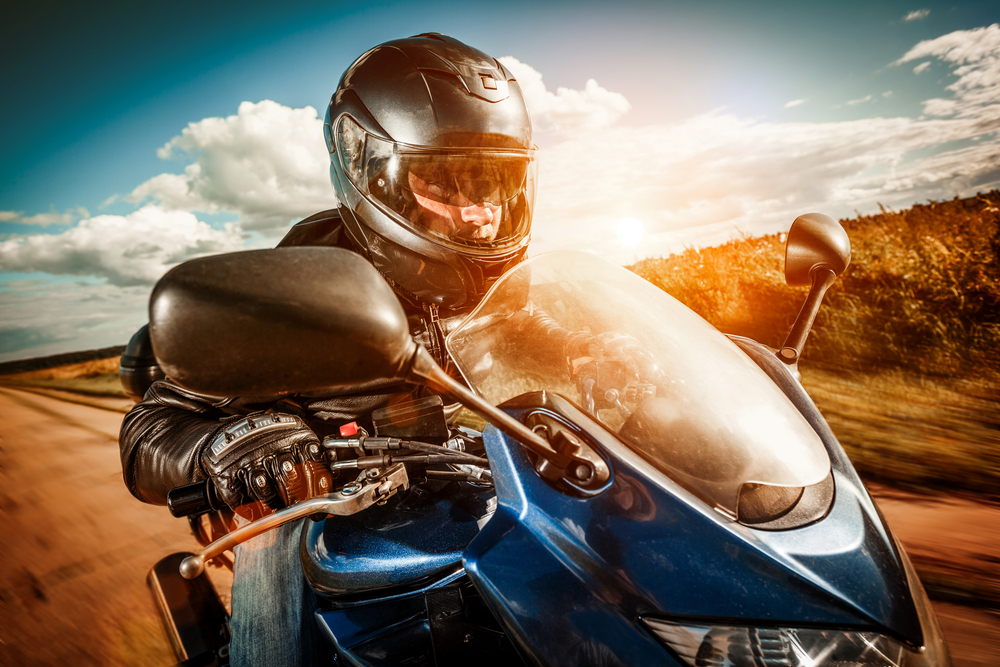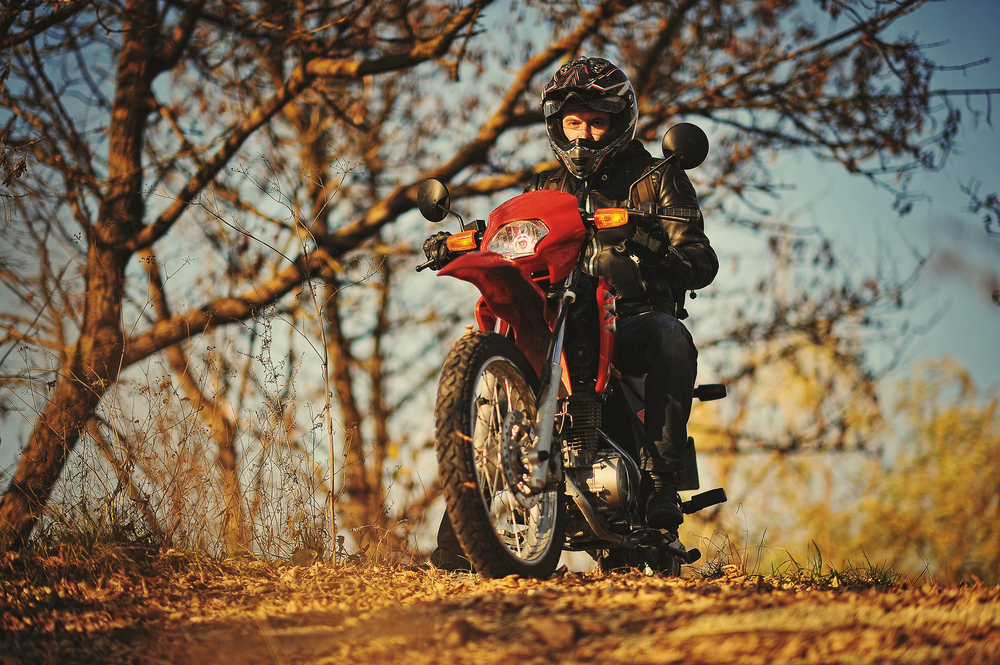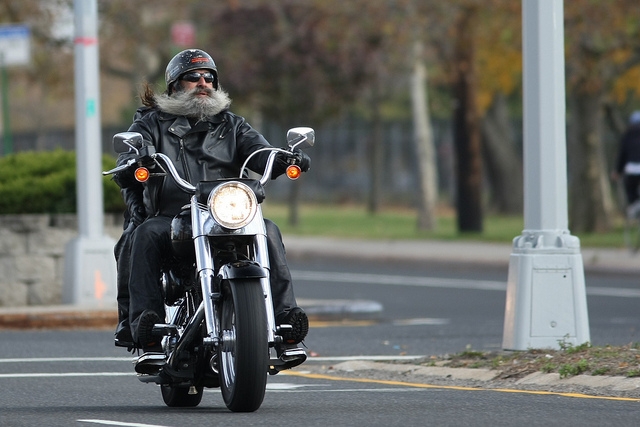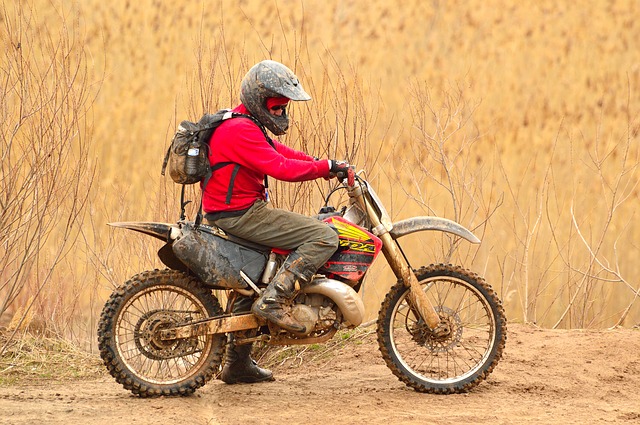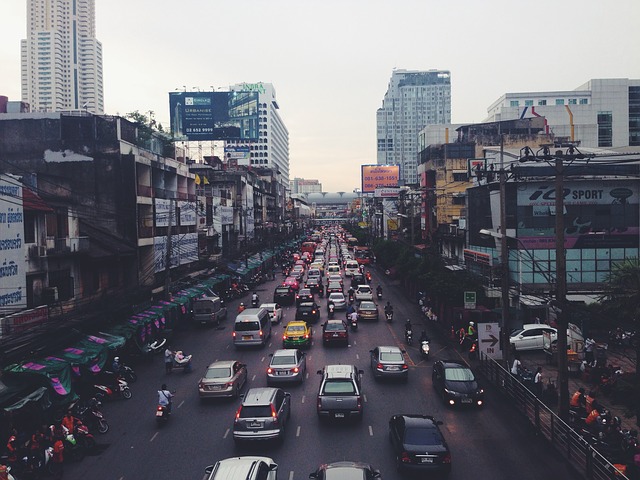Weekend off-roading adventures, long rides to unknown destinations, and driving through traffic are all adventures that make men of boys, and women of girls.
Especially driving through desi traffic; if you’ve managed to survive rush-hour Indian traffic, you deserve a medal. And that’s no joke.
Before you pack those bags and convince your mother, for the hundredth time, that not every bike ride is fatal, get a helmet.
This is the first accessory that you need as a rider. Whether you’re riding a gleaming, powerful Harley or dadaji’s old TVS moped, protecting your head is crucial. You know, because you’ll need an undamaged head to make decisions while riding.
Jokes aside, it’s important that you get a helmet. How do you find a model that suits you best, though? This quick guide should help you know all you need to about picking a head-protector before your next biking adventure.
The Types Of Helmets You’ll Find In India
Let’s start this little crash course with a bit of info on the different types of helmets. To the uninitiated, there are essentially 3 types of helmets you can buy in India: the full-face helmet, the dual sport—commonly mistaken as motocross—helmet, and the half-helmets, also known as open-face helmets.
Full face helmets are considered the safest, for the simple reason that they cover your entire head. You can go for a solid helmet, or a hybrid modular model that you can “open up” for visibility.
Pros include optimal safety and reduced noise, while cons are a sweaty head, reduced peripheral vision, and reduced noise, which is both an advantage and a disadvantage.
Dual sport helmets combine the off-road features of motocross helmets with aerodynamics to cope with high on-road riding speeds. Some of these offer a variety of configurations such as visor on + face shield off, visor on + face shield on, and visor off + face shield off.
These offer slightly more peripheral vision than full-face helmets because of their extra-wide face shields, but aren’t as equipped to deal with road noise.
Half-face helmets are those that sit on your head, looking somewhat like construction hard hats. An open-face or three-quarters helmet covers the area surrounding your ears, but still leaves the lower half of your face exposed.
The risk with these is that, in the event of a crash, your chin is unprotected and vulnerable to damage. However, advantages such as added visibility and ventilation have bought these models some popularity.
Choosing The Helmet For Your Riding Style
If you’re a long-distance rider or drive a cruiser like the RE Thunderbird, you’d probably choose a half shell helmet or a modular one.
The minimalist, breezy half shell models are great for casual riders. Long distance riders usually go for the modular helmet; it offers the safety of a full-face, but lets you flip the front portion when you feel like experiencing the cool highway breeze.
If you like to mix it up with a couple of off-road rides every other weekend, a splurge on a dual sport helmet is justified.
Note that you’ll compromise a bit on comfort and noise level.
The Ideal Helmet For Indian Traffic?
Now, for the ultimate question: what helmet works best if you’re looking to ride in Indian traffic?
The answer to that question is simple: if you want safety, compromise a little on comfort and go for a full-face or modular helmet. If your only motivation is “I don’t wanna end up spending INR 100 every time a havaldar stops me”, you can get an open face or half-shell model. In this case, you’d be compromising on safety, though.
Now that you have all the information you need, you can go ahead and buy the helmet that’s just right for you. Once you’ve bought one and finally convinced mum, you can finally set off on that grand adventure we talked about!



